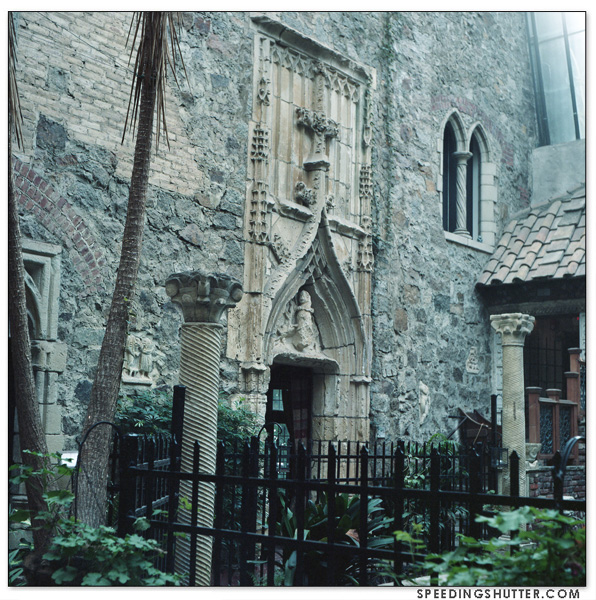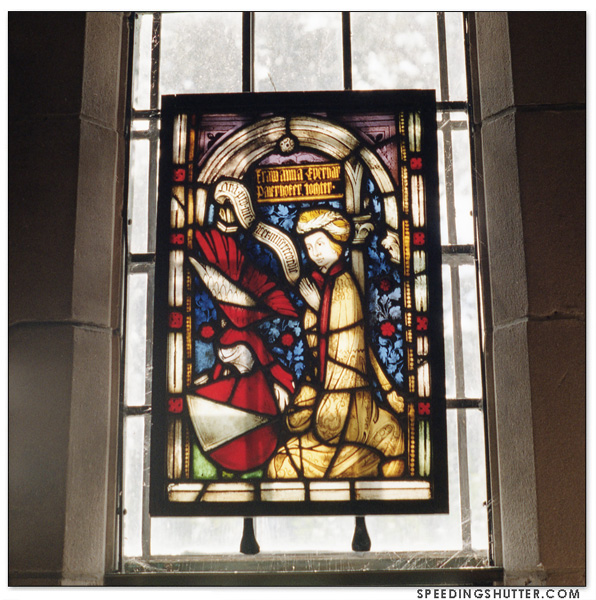Hammond Castle
Gloucester, MA (pronounced locally as “GLAW-stuh”) is a quintessential New England fishing town on Massachusetts’ North Shore. Site of the film and book “The Perfect Storm” as well as several others, it has beaches and harbors and fisheries and whale watches and it was also the site of some of my summer vacation a couple summers back.

I came for seafood, the seaside atmosphere, a wander through town and a visit to Hammond Castle, to which I’d never been before but is a very popular destination in the area. Mostly I came to be a shameless tourist, having spent the last two years hiding out in the northern Vermont/New York region during times of Covid.
Gloucester had a wave of Portuguese and Italian immigrants seeking work in the town’s fishing industry in the late 19th Century, and as such the town has a strong Portuguese and Italian influence, which brings us to the subject of Italian bakeries. There are a few. I walked into one for a half dozen cookies. I walked out with two pounds of Italian cookies and a large sfogliatelle. The proprietors of such places can smell your weakness, consider yourself warned.

Another of Gloucester’s crafty residents (aside from the lady at Virgilio’s Italian Bakery) was John Hammond Jr. Hammond was an inventor mentored by Thomas Edison, with a passion for castles. He is credited with more than 400 inventions, mostly in the fields of radio control and naval weaponry, and in the late 1920’s he used his accumulated wealth to build his own castle.
Hammond died without heirs in 1965 (unless you include his cats, of whom he was exceptionally fond) so he willed that his beloved castle be publicly viewable so that future generations can come and marvel at his architectural treasure, with the exception of his private residence. That section was to be off-limits to the public.

What remains available is an impressive main hall with its famous pipe organ, the courtyard, the dining area, library, parts of his laboratory and workshop, and some guest rooms. There are many collected relics such as floor tiles, facades and stained glass incorporated into the overall construction, a construction that is actually three different castle types, using styles that span multiple eras.
There are also several secret passages, because who on Earth would build their own castle and NOT incorporate secret rooms and passages? A story I enjoyed involved passages that led through bookcases and closets into his guest rooms, through which he would sneak unawares and almost magically appear next to his guest in their room and startle them with his favorite question: “What do you think of my castle?”
People have been visiting the castle for many decades now. Schools bring class trips here. Fund raisers happen here and, as you can imagine, people host nice expensive weddings here. That is the general rule with anything remotely scenic, someone is eventually going to want to get married there. Always happens. If you build a sewage treatment plant on a bluff overlooking a cove, stick a flowered archway someplace on the property, people will line up to get married there.

We opted for the self-guided tour. That’s usually how we prefer to visit a place, just let us on the grounds to wander at our pace, we promise not to break anything. This is a great place to shoot atmospheric photography, and with my favorite model-slash-co-photographer in tow that’s exactly what I did. The day was sunny and the air smelled of sea water, and I was on vacation.
I had spent the majority of the last two years shooting photos in my general region, in my neighborhood, in my house, and I was hungry for the chance to photograph something like a medieval castle on the Massachusetts coast. I packed my Nikon F4 and Yashica-Mat, my partner packed her Pentax KM, and we happily tore through a few rolls of film.
Then back into town to buy records at Mystery Train Records, and get a belly full of fried fish at Lobsta Land, both of which came recommended by clients and were well-received by us.








